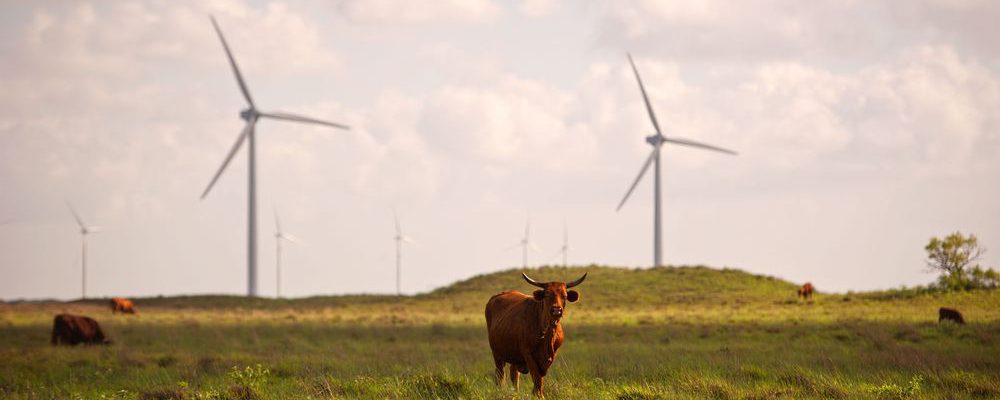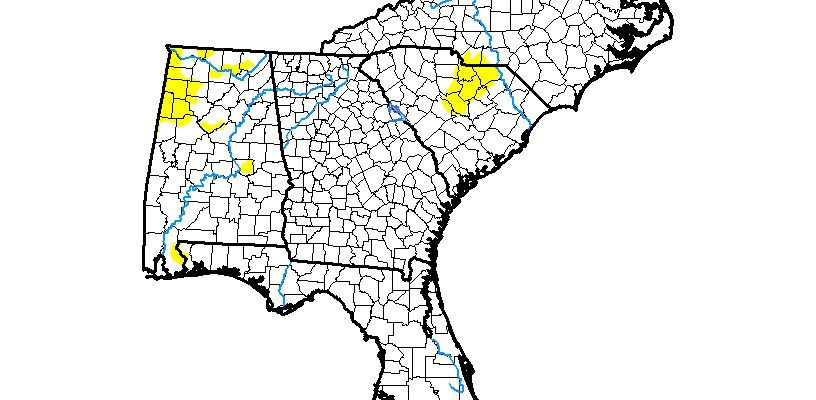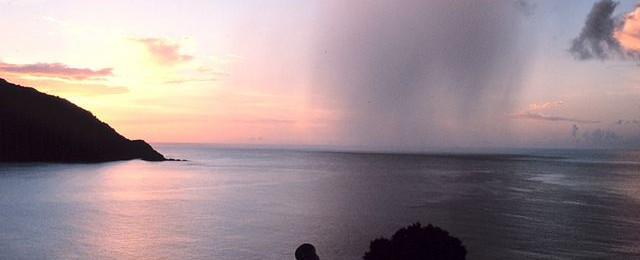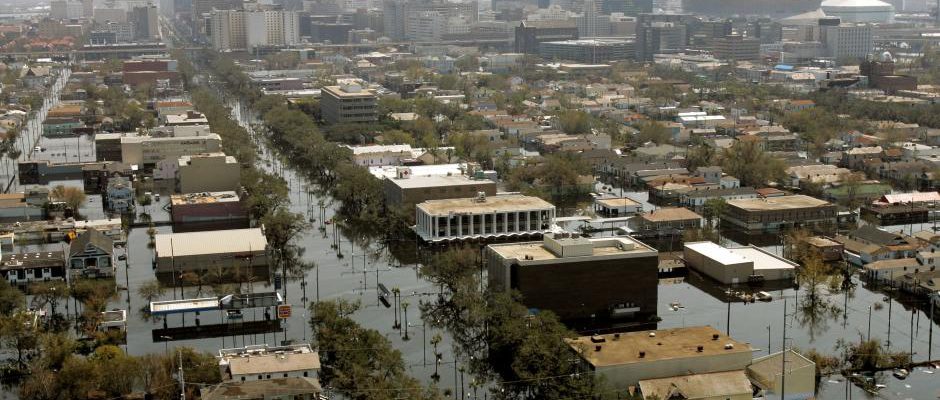-

Since today is the last day of August and of summer 2018, I thought I would take a quick preliminary look at the climate of the past three months. As you can see from the High Plains Regional Climate Center maps below, in August temperatures were variable across the region, with the warmest temperatures along…
Posted in: Climate summaries -

Today is the last day of meteorological summer. Some folks have asked me whether there is any relationship between summer conditions and fall ones. In the Southeast, the answer is “not much”. There is a positive correlation, so that warmer than average summers do trend towards warmer than average falls, but it’s not strong. You…
-

This time of year there is no shortage of stories about agriculture and climate in the media. Many of them are geared to one place, and of course I tend to look at the ones in the US first. But there are a lot coming from other countries as well. Here are a few that…
-

The North Central Region Water Network has a recording of a recent webinar on wind energy and its impact on rural communities available on YouTube. While this webinar is focused on Michigan, it has good lessons for rural communities in other parts of the country as well. The Southeast is not a big producer of…
-

This week’s Drought Monitor shows a slight expansion of abnormally dry conditions across the Southeast. Increases occurred in Alabama and North and South Carolina due to warm temperatures and lack of rain. No dry conditions are currently observed in Virginia, Georgia and Florida. The next seven days show relatively little rain for the abnormally dry…
Posted in: Drought -

A new research study published recently in Geophysical Research Letters indicates that in a warmer climate the swings back and forth between El Niño and La Niña may amplify, making year to year variability between the different phases more extreme. It may also make differences from one place to another larger in a given event.…
-

Thirteen years ago today, Hurricane Katrina came onshore in eastern Louisiana. While the winds were down to 75-80 mph, the storm surge was massive, in some places higher than 28 feet, and wiped out blocks along the coastline stretching from the Florida Panhandle well across most of Louisiana. Two days later, New Orleans started to…